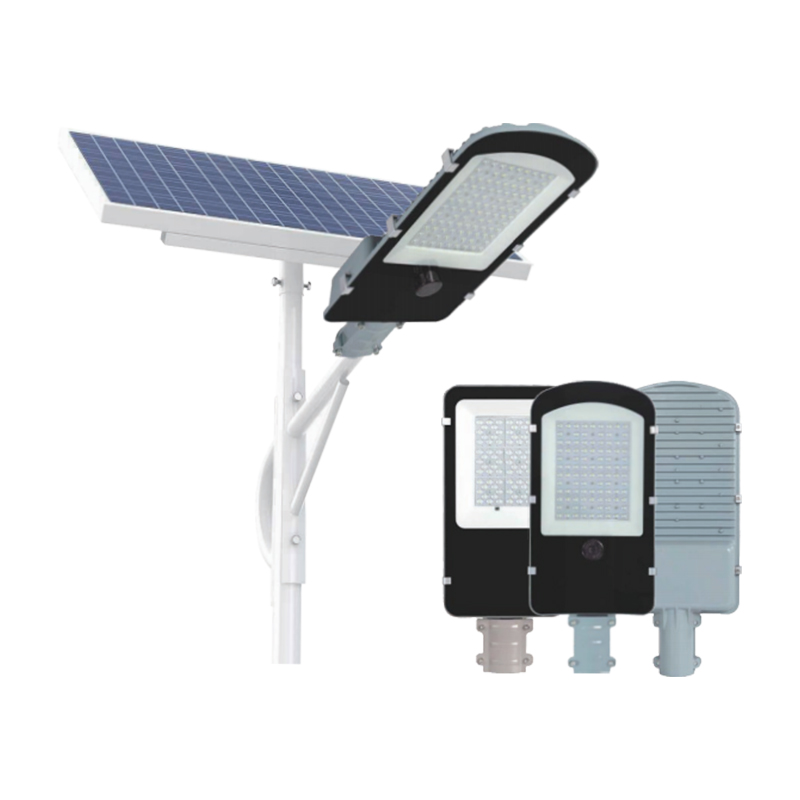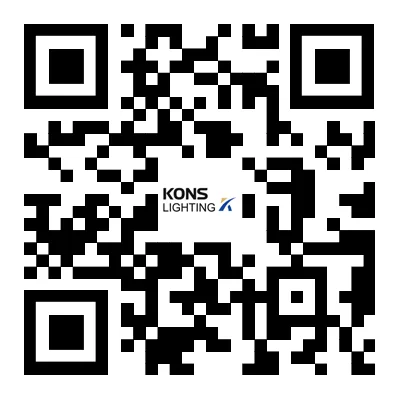- English
- Español
- Português
- русский
- Français
- 日本語
- Deutsch
- tiếng Việt
- Italiano
- Nederlands
- ภาษาไทย
- Polski
- 한국어
- Svenska
- magyar
- Malay
- বাংলা ভাষার
- Dansk
- Suomi
- हिन्दी
- Pilipino
- Türkçe
- Gaeilge
- العربية
- Indonesia
- Norsk
- تمل
- český
- ελληνικά
- український
- Javanese
- فارسی
- தமிழ்
- తెలుగు
- नेपाली
- Burmese
- български
- ລາວ
- Latine
- Қазақша
- Euskal
- Azərbaycan
- Slovenský jazyk
- Македонски
- Lietuvos
- Eesti Keel
- Română
- Slovenski
- मराठी
- Srpski језик
What are the misunderstandings in the installation of solar street lights?
2024-12-26
Before installing solar street lights, it is necessary to determine the location of the standing lamps; survey the geological conditions. If the ground surface is 1m2 with soft soil, the excavation depth should be deepened; at the same time, it is necessary to confirm that there are no other facilities (such as cables, pipes, etc.) below the excavation location, and there are no long-term sunshade objects on the top of the street lamps, otherwise the location should be changed appropriately. Reserve (excavate) a 1m3 pit that meets the standards at the location of the standing lamps; position and cast the embedded parts. The embedded parts are placed in the middle of the square pit, and one end of the PVC threading pipe is placed in the middle of the embedded parts and the other end is placed in the battery storage area (as shown in the figure above). Pay attention to keeping the embedded parts, foundation and original ground on the same level (or the top of the screw rod is on the same level as the original ground, depending on the needs of the site), and one side must be parallel to the road; this can ensure that the lamp pole is upright and not tilted after it is erected. Then cast and fix it with C20 concrete. During the pouring process, the vibrator should be used continuously to ensure the overall density and firmness. After the construction is completed, clean up in time.

What are the misunderstandings of installing solar street lights:
1. Installed in places with many obstructions.
The working principle of solar street lights is that the panels absorb sunlight during the day and exist in the battery. At night, the battery will convert sunlight into electrical energy to power the street lights. At this time, the lights will light up. But then again, solar panels can only store electricity by absorbing sunlight. If the street lights are installed in places with many obstructions, such as being blocked by many trees or buildings, they will not absorb sunlight, so the lights will not be bright or dark.
2. Installed near other light sources.
Solar street lights have their own control system that can identify dawn and darkness. If other power sources are installed next to solar street lights, when other power sources are on, the solar street light system will think it is daytime and will not light up at this time.
3. Solar panels are installed under other obstructions.
Solar panels are composed of multiple strings of panels. If one string of panels cannot be exposed to sunlight for a long time, then this set of batteries is equivalent to useless. In the same way, if solar street lights are installed in a place, there will be certain obstructions in that place to block a certain area of the solar panel. If this area is not exposed to sunlight for a long time, it cannot convert sunlight into electricity, and the battery in that area is equivalent to a short circuit.
4. Install lamps on both sides of the road, and the solar panels are tilted face to face.
It should be common to install lights on both sides of the road, but there will be a problem, that is, the sun will only rise from the east. If the street lights on one side face the east and the street lights on the other side face the west, one side may be facing away from the sun and therefore cannot absorb sunlight because the direction is wrong. The correct installation method should be that the solar panels face the same direction, and the solar panels on both sides can absorb sunlight.
5. Solar street lights are charged indoors.
Solar street lights are installed in sheds or other indoor spaces because lighting is convenient. But if installed indoors, solar street lights will not work because its panels are completely blocked and cannot absorb sunlight, no sunlight can be converted into electricity, and no lighting can be provided. If you want to install solar street lights indoors, you can install solar panels and lights separately, let the panels charge outdoors, and the lights illuminate indoors. Of course, if we are lighting indoors, we can also choose other lighting.



